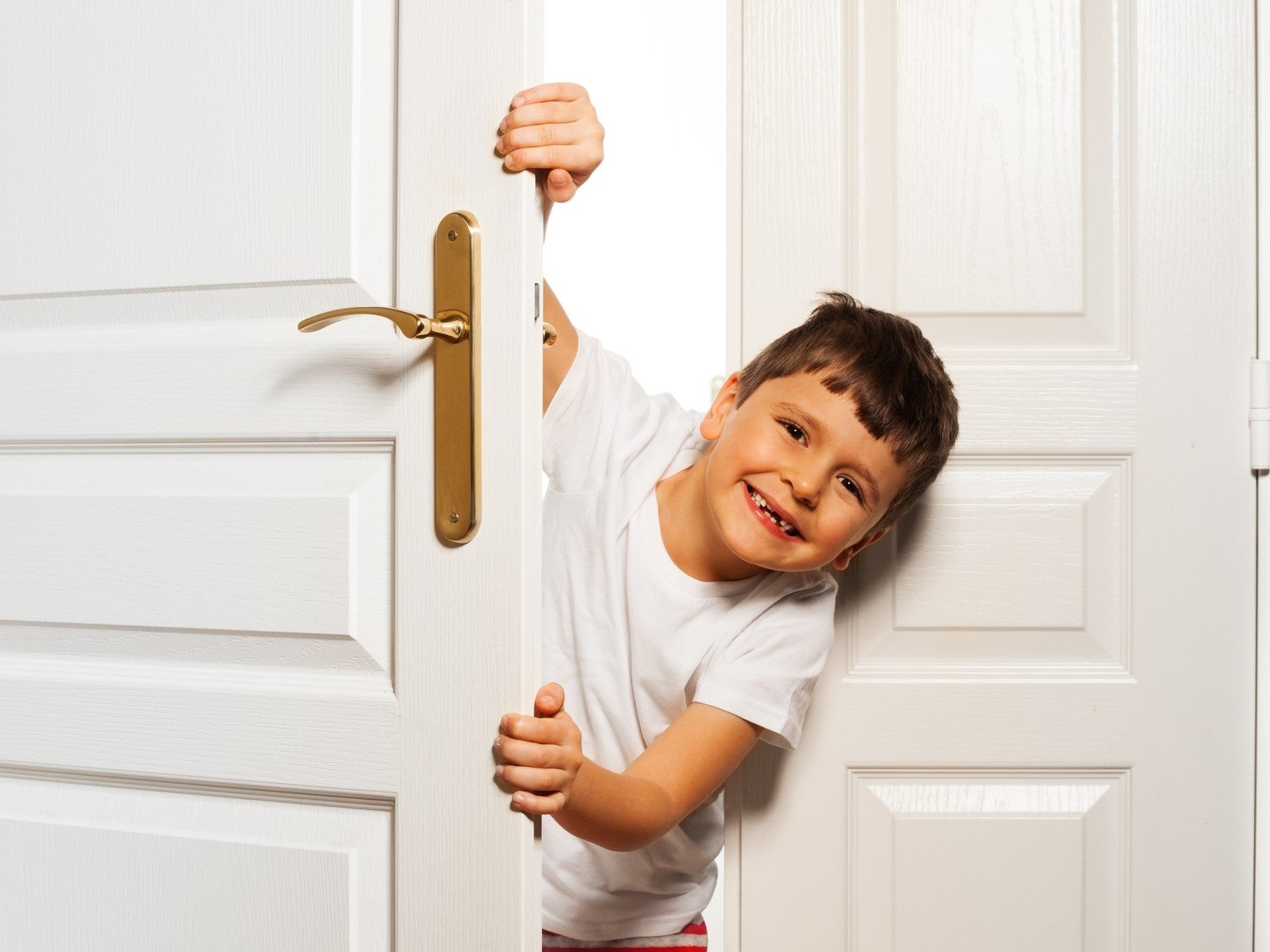
It’s vitally important to laugh! It’s good for our health and happiness. Let’s face it, we all love to laugh!
Sometimes funny things just happen in therapy. But, you might consider (if you haven’t already) a more direct approach. Use “jokes!” Use them as a weekly ritual, or as an all-out activity in your therapy.
Jokes can be beneficial for language learning, especially vocabulary, comprehension, syntax, interpretation, and expressive interaction.
And, your kids will absolutely LOVE the activity (and you!).
First, let’s parse the terms: puns, riddles, and jokes.
Puns
A pun is a play on words and usually involves a double meaning. Puns use words that are alike or nearly alike in sound but different in meaning. First, we groan, then we laugh. Puns are frequently used in our conversations; but there are also pun-style jokes.
Pun-Joke examples:
--What did the judge say when a skunk walked in to testify?Odor in the court!
--Why was 6 afraid of 7?
Because 7 ate 9!
--What do you call young married spiders?
Newly webs.
Obviously excellent for addressing homophones, but it also opens an opportunity to bring in the fun and awareness of a malapropism. A malapropism is when someone says a word that sounds similar to the intended word, but it isn’t, and the result is humorous. Here’s some fun ones:
--Good punctuation means not to be late.
--He’s a wolf in cheap clothing.
--Michelangelo painted the Sixteeth Chapel.
--My sister has extra-century perception.
--“Don’t” is a contraption.
Riddles
A riddle is posed in the form of a question that makes you think; the answer is typically a witty response.
Riddle-JokeExamples:
- In a one-story pink house, there was a pink person, a pink cat, a pink fish, a pink computer, a pink chair, a pink table, a pink telephone, a pink shower– everything was pink! What color were the stairs? --There weren’t any stairs, it was a one-story house!
- I’m in twice in a week, once in a year, but not in a month; what am I? --The letter “e.”
My favorite riddle-book: Dr. DooRiddles, Associative Reasoning Activities: There are different level books according to grades (the “A1” book is for preK-2; the “A3” book is for 2-3, and so on). Each book contains over 100 riddles, and each riddle has four clue lines and one “wh” question: “What am I?”
Go to Amazon for more Dr DooRiddles info. Here’s the link: https://www.amazon.com/s/ref=nb_sb_noss_2?url=search-alias%3Daps&field-keywords=Dr.+DooRiddles
I have the “A1” book and used it with some first graders, many second and third, and a few fourth graders. I printed out the pages, cut and put each riddle on 3x5 cards and played a variety of games, e.g., they read, I read, timed the response, put in a pocket chart, etc. A few kids even made up their own riddles.
Jokes
Technically, a joke is more like a story that ends with a punch line that generates laughter.
A Jokeexample:
Mr. and Mrs. Brown had two sons. One was named Mind Your Own Business and the other was named Trouble. One day the two boys decided to play hide and seek. Trouble hid while Mind Your Own Business counted to one hundred. Mind Your Own Business began looking for his brother behind garbage cans and bushes. Then he started looking in and under cars until a police man approached him and asked, "What are you doing?" "Playing a game," the boy replied. "What is your name?" the officer questioned. "Mind Your Own Business." Furious the policeman inquired, "Are you looking for trouble?!" The boy replied, "Why, yes."
Obviously, longer jokes require good vocabulary knowledge, the ability to infer, and, what I call cumulative comprehension. That’s the ability to sustain focus throughout, and cumulatively relate, remember, and synthesize the new information from beginning to end. Some of our kids get lost in the middle. Also, as in the above joke, they must go beyond the literal meaning, and into interpretation as to why it’s funny.
As an aside, I’ve observed that some of our language-kids get into trouble because they don’t accumulate meaning and misinterpret oral and non-verbal language and cues. Mis-interpretation breeds behavior and communication conflicts.
Continuing on, most kids love knock-knock jokes. They are short and pun-like, like this one:
Knock Knock!
Who’s There?
Olive.
Olive Who?
Olive You!
Resources:
A good website for kid’s jokes:www.funology.com
They have jokes and riddles, as well as games, magic tricks, etc.
Another good resource for Knock Knock jokes:
http://jokes-for-kids.com/html/knock_knock.html
A good resource for kid’s jokes, puns, and riddles:
http://www.enchantedlearning.com/jokes/
See you next week! Happy Spring!
Char Boshart, M.A., CCC-SLPSpeech-Language Pathologist
Speech Dynamics, Inc.
Leave a comment (all fields required)
Comments will be approved before showing up.

![#71 Telepractice Tips 'n Info (Part 4) [Is my child working or just playing games?]](http://speechdynamics.com/cdn/shop/articles/Game_Pieces_and_Hand_7_x_3_2048x.jpg?v=1605804364)